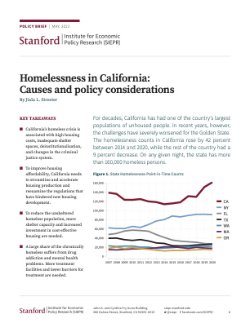By Maurice Punch
The book portrays police corruption as consisting of many deviant and criminal practices in the context of policing that may change character over time. Corruption is defined in a broad, multifaceted way that has the common thread of abuse of policing authority and the trust of the community. Its most serious forms involve criminal conspiracies that use specialized professional knowledge, contacts, and power to both commit crimes and evade detection. Typologies of corruption are identified, along with the forms of corruption that emerge in diverse policing environments. Also discussed are the pathways officers may take into corruption and their rationalizations for their corrupt and criminal behaviors. The book rejects the overarching portrayal of police corruption as caused by a few individual "bad apples" while promoting the metaphor of "bad orchards," meaning that police corruption stems from corrupting police subcultures and temptations related to institutional failures and the nature of policing. Comparative analyses are made of police corruption, scandal, and reform in the United States, the United Kingdom, and the Netherlands. The analyses examine issues of control, accountability, and the new institutions of oversight, such as the Independent Police Complaints Commission (IPCC) for England and Wales, at a time when external oversight of police has become a prominent feature of anticorruption efforts.
Cullompton, Devon, UK: Willan Publishing, 2009. 296p.





















